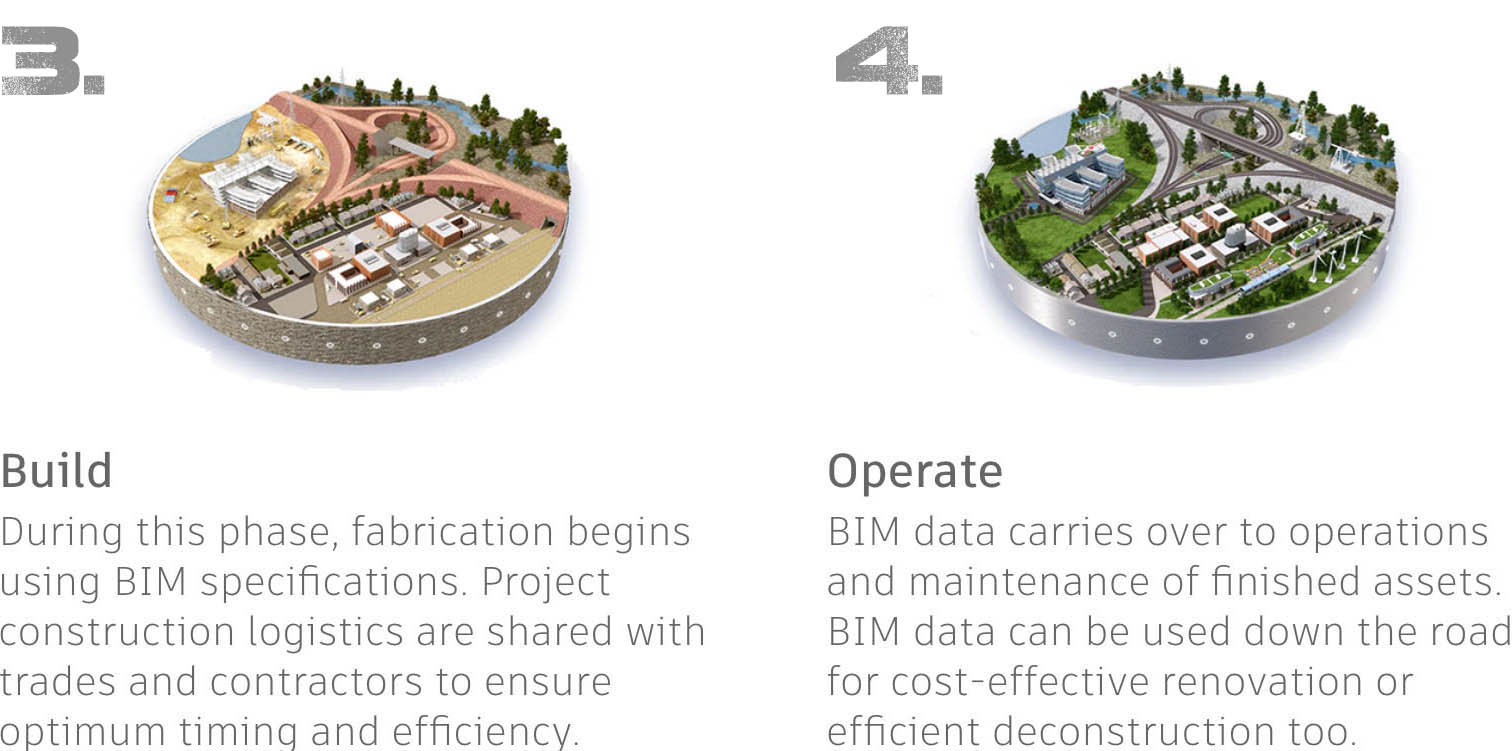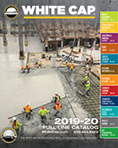Modular Construction Is On The Rise
Balfour Beatty goes modular on Atlanta’s Osprey project
Go digital with offsite construction.
In the last eight-to-ten years or so, modular construction has entered the mainstream and proven itself to developers, architects and general contractors. Earlier fears of lower quality and lack of compliance with fire, sound or other building codes have fallen away and builders are warming up to the welcome benefits of reduced time, risk and cost. Among the companies currently providing this method, North Carolina-based Prescient offers a more open and flexible business model. Developers that work with them can use this new technology without relinquishing the choices of how and who designs and builds different project phases.
Stress less with innovative technology.

Prescient’s robotic welders producing light-gauge steel panels within a 1/32” tolerance.
The innovative approach that some modular construction companies bring to construction projects is truly transformational. The Building Information Modeling (BIM) 3-D software that they use is a real estate development game-changer. With it, they can optimize design, give architects more time to develop signature elements, provide structural engineering and deliver extremely reliable cost and scheduling estimates right from the beginning. Detailed manufacturing files, in-depth logistics information and easy-to-follow installation plans can all be provided.
This is not your father’s hardware.

Light gauge steel-framed wall panels and trusses, plus cold-rolled galvanized steel posts are the heart and soul of Prescient’s modular construction system (shown above). Vertical and lateral forces are supported and transferred from walls, floor, ceiling and roof to a redundant dense post system. The need for hot-formed structural steel is eliminated, making the structure lighter and more efficient. A lighter building is particularly advantageous in seismically-challenged areas. Thanks to the system, their buildings are certified for use in seismic zones up to five stories – and certification for 12 story buildings is already underway.
Smart design saves time, money and lives.
Offsite, in the warehouse, tradesmen can assemble mechanical systems much faster. New workers can be trained more easily in the warehouse setting if there is a local shortage of the skills needed. On the jobsite, stairs are installed at each level as the framing rises vertically. This seemingly simple consideration increases your workers’ efficiency while it helps them work more safely throughout the lifetime of the project. Elevator shafts and railing are also integrated into the design.
One company discovered partnering with KONE cut the labor needed to install the final elevator in one of their structures by 50 percent. The bottom line is a reduction in cost and an increased ability to meet tight deadlines.
Modular, the architect’s best friend.

Design using a “Smart Plan” – part of Prescient’s BIM platform
You might think that a person who designs buildings for a living would feel threatened by the concept of modular construction, but that’s not the case. Standardization of manufacturing processes doesn’t have to lead to standard structures. In fact, it can lead to increased possibilities, not restrictions. Many architects that have turned to modular are raving about it. They’re delighted that the unexciting lion’s share of the standardized design work gets done quickly and accurately using “Smart Plans”, and they in turn have more time to dive into specialized design and creating the defining elements that make up the building’s highly desirable individualized presence.
The typical BIM design workflow


Contractors can win with modular too.
 If you’re a contractor, you’re probably well aware that we’re in the middle of a serious shortage of skilled and unskilled labor in the construction industry. During the Great Recession alone, many workers left the business and never returned when the economy rebounded. It has gotten so bad that most general contractors are having to add 20 percent to their time estimates on projects thanks to the shortage. On the other hand, with the modular method, you need fewer workers to complete more jobs and get your slice of the pie. Just be aware that the best opportunities exist with modular outfits similar to Prescient.
If you’re a contractor, you’re probably well aware that we’re in the middle of a serious shortage of skilled and unskilled labor in the construction industry. During the Great Recession alone, many workers left the business and never returned when the economy rebounded. It has gotten so bad that most general contractors are having to add 20 percent to their time estimates on projects thanks to the shortage. On the other hand, with the modular method, you need fewer workers to complete more jobs and get your slice of the pie. Just be aware that the best opportunities exist with modular outfits similar to Prescient.
“I don’t want us to be the architect or the GC,” says Magued Eldaief, Prescient’s CEO. “But we do have a platform that can make your job easier, and, by the way, make more money.”
Generation Atlanta
Generation Atlanta, a 333,000 square foot building, went with Prescient’s modular workflow where they installed their system and infill at an average rate of over 23,000 square feet per week using only 26 workers – cutting construction costs by 20 – 25 percent.

Pearl Tourville Women’s Pavilion
 The Pavilion is part of the Medical University of South Carolina (MUSC), Charleston. Robbins & Morton, a large construction company playing in the health care space, devised an innovative solution and created an 80,000 sf “prefab warehouse” 15 miles away from the site.
The Pavilion is part of the Medical University of South Carolina (MUSC), Charleston. Robbins & Morton, a large construction company playing in the health care space, devised an innovative solution and created an 80,000 sf “prefab warehouse” 15 miles away from the site.

About 75 percent of the MEP, lighting, and drain assemblies, and all of the sinks, were made off site. Their offsite prefab involved up to 10 subs at a time. Tech Air (their sheet metal contractor) assembled ductwork in 10- to 15-foot sections.
“The connections in the ductwork were made on a bench at waist-high level versus up in the air 10, 20 feet,” says Kevin Robinson, Tech Air’s Operations Manager. “Prefab made our quality much better.”
The type of buildings using modular is expanding.
Currently, multi-family developments are the most commonly built structures using modular offsite methods to get the job done. But that’s quickly beginning to change. Student housing, hotels, military barracks and a host of other projects are starting to consider modular as a way to develop property more quickly, less expensively and less susceptible to natural and man-made disasters.  One modular construction project in the works right now is the largest student housing development in the country for the University of California at Davis. This project boasts a whopping 1.4 million square feet and has to measure up to the state’s stringent seismic zone requirements! And on the horizon, even developers building larger structures like hospitals are taking a hard look at all the benefits that come with choosing the modular construction path.
One modular construction project in the works right now is the largest student housing development in the country for the University of California at Davis. This project boasts a whopping 1.4 million square feet and has to measure up to the state’s stringent seismic zone requirements! And on the horizon, even developers building larger structures like hospitals are taking a hard look at all the benefits that come with choosing the modular construction path.
Modular solves issues on special-needs jobsites.
For contractors working on projects where space is small, restricted or highly urban, constructing offsite in a warehouse means that the materials are stored there and can be assembled and delivered to the jobsite in smaller, more manageable batches. And all cardboard, plastic and shipping waste is removed at the factory so there’s no debris or other type of waste material to clutter the jobsite.
Don’t bet against digital offsite construction.
With all the advantages that modular construction offers – and the growing number of successful developments that finish on time and on budget – why wouldn’t savvy developers be urging their designers and engineers to consider it for their next project? After all, what do they have to lose besides lengthy schedules and constantly increasing costs?
![]()
For more info on Modular Construction and related issues:
https://www.balfourbeattyus.com/our-work/projects/osprey
https://www.bdcnetwork.com/industrialconstruction
https://urbanland.uli.org/planning-design/housing-grows-taller-with-light-steel-construction/
https://prescientco.com/



